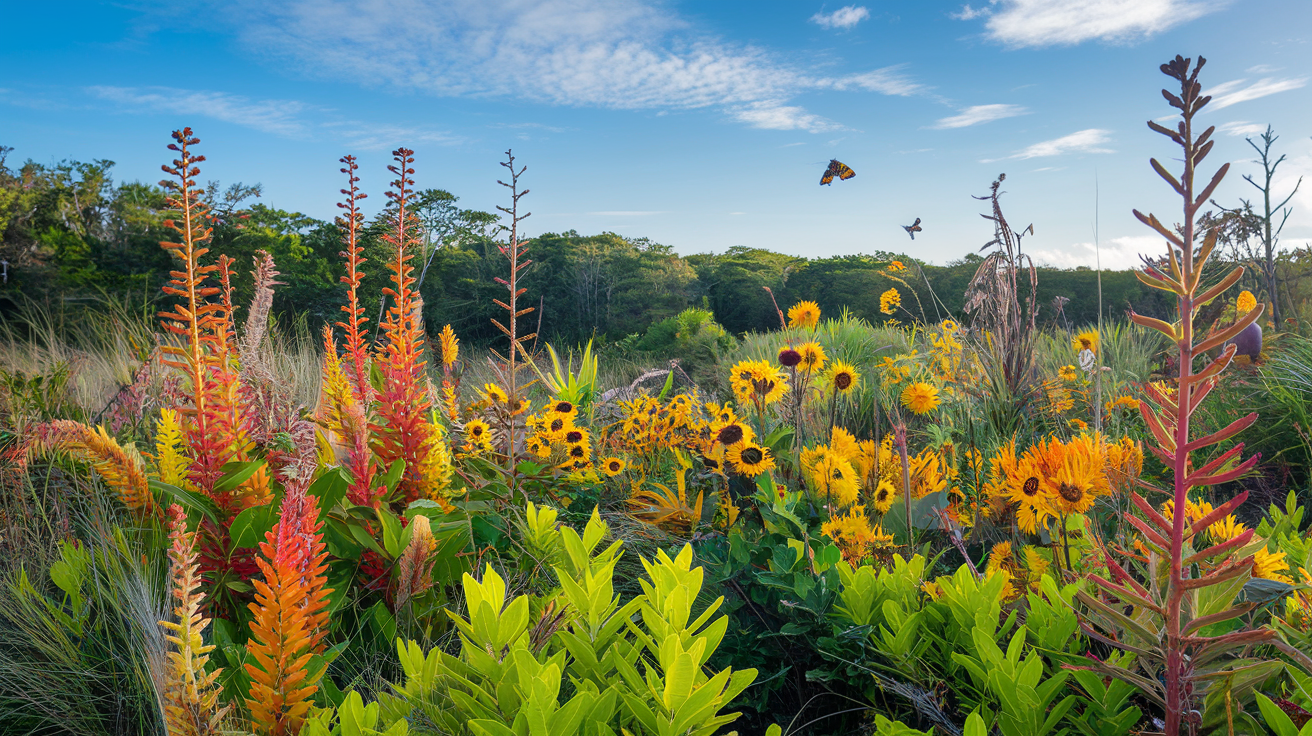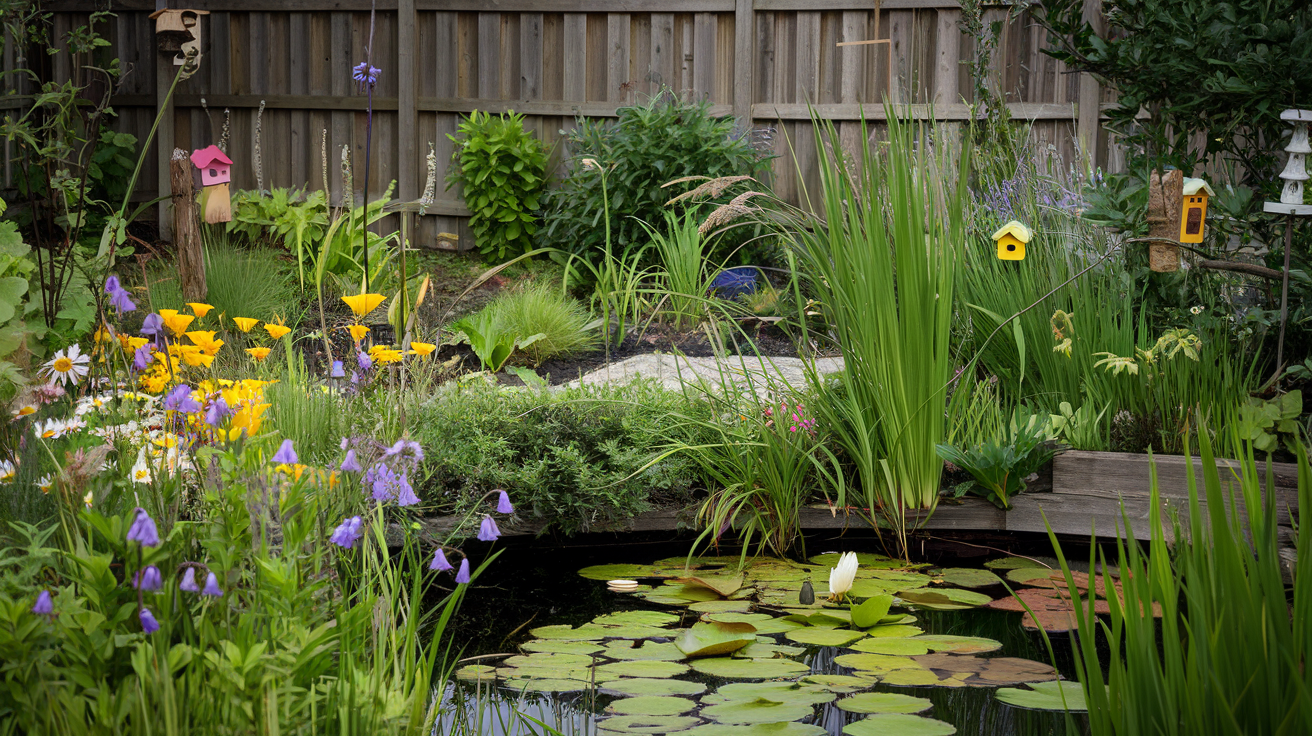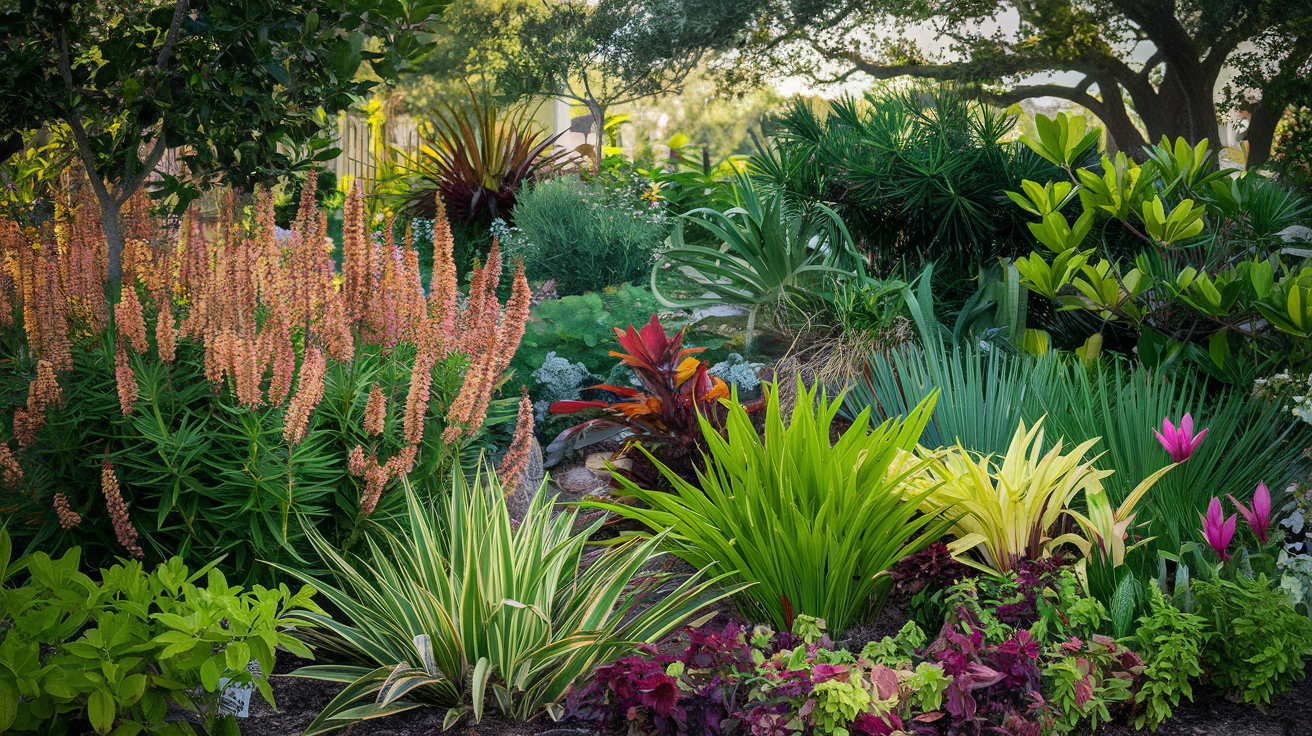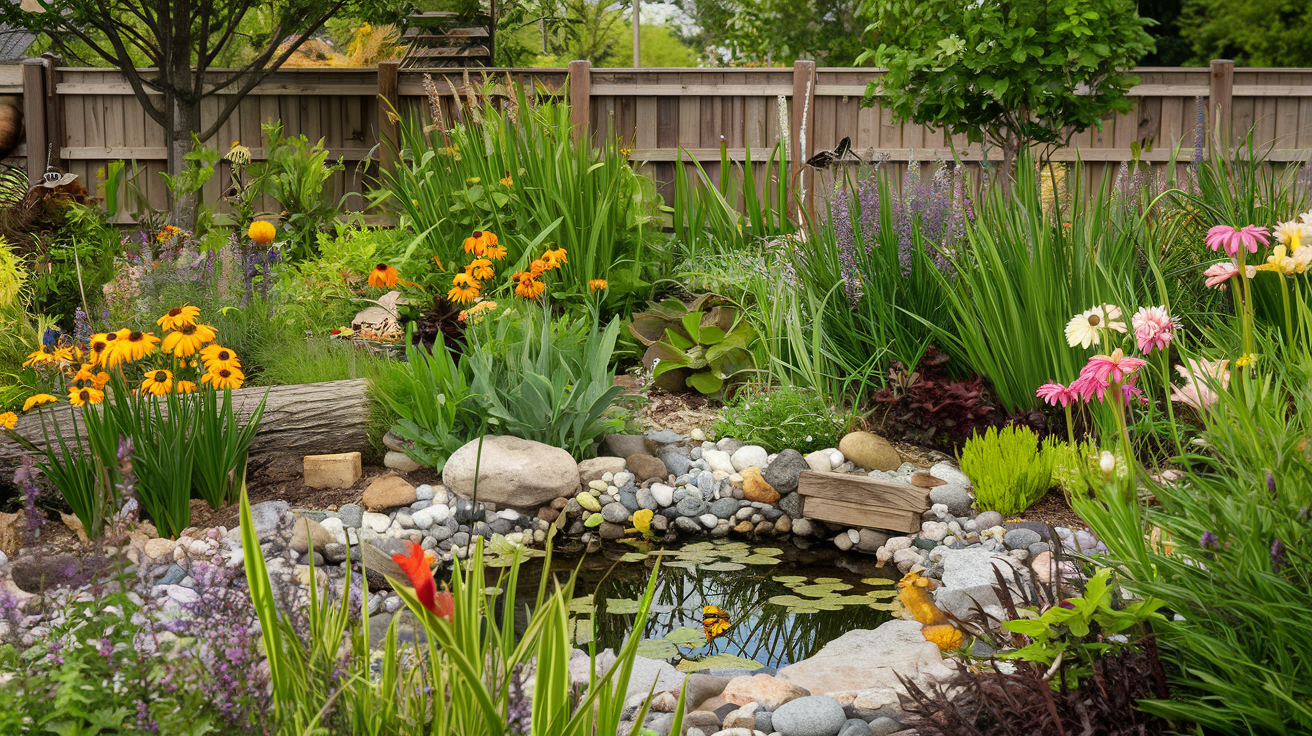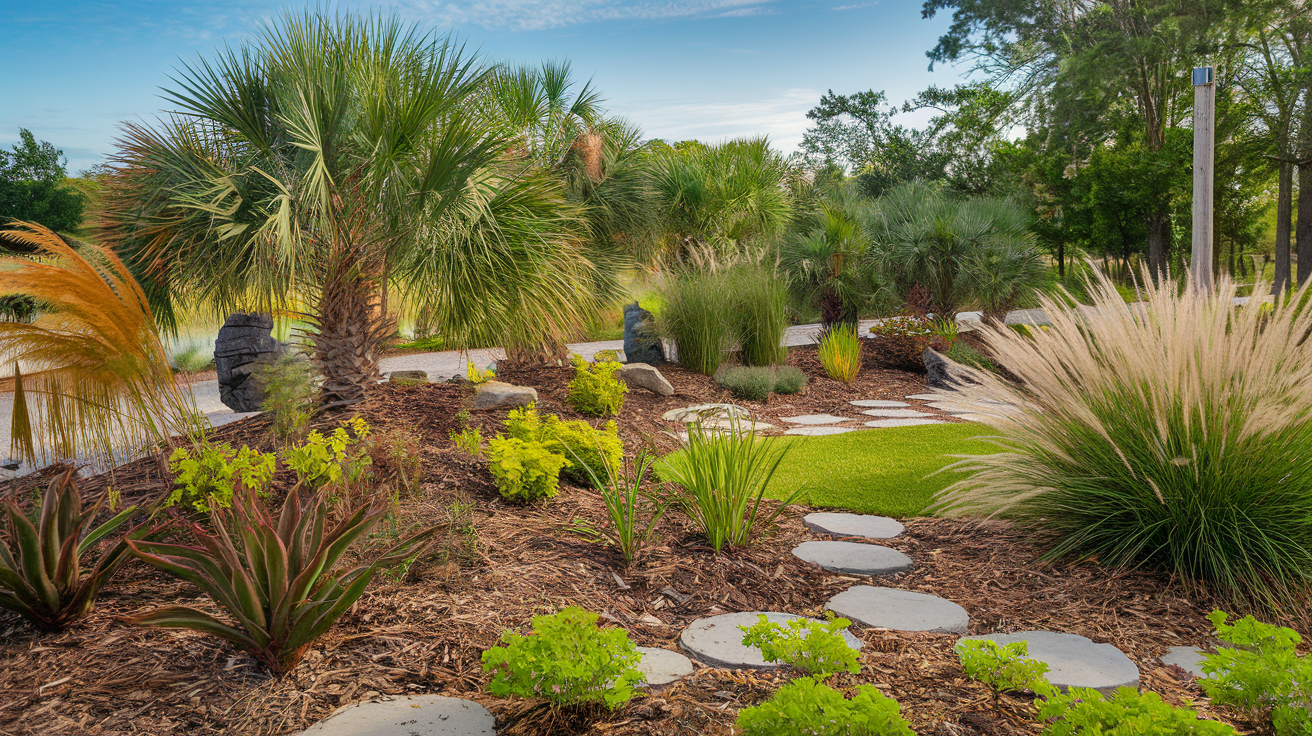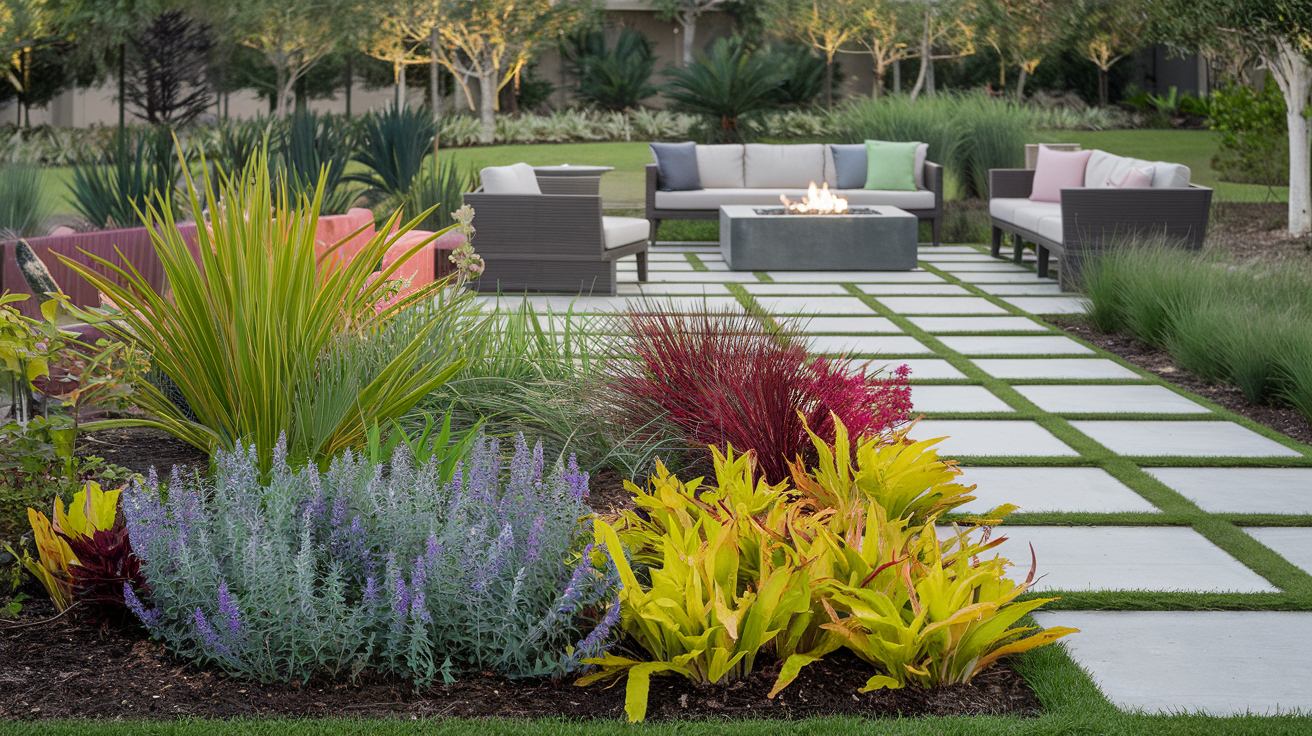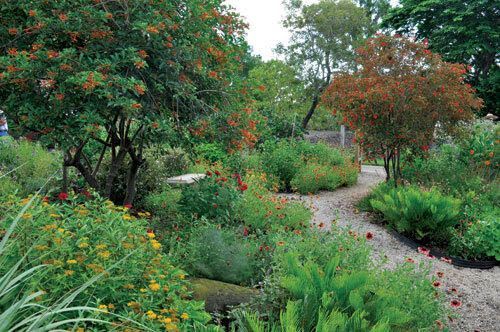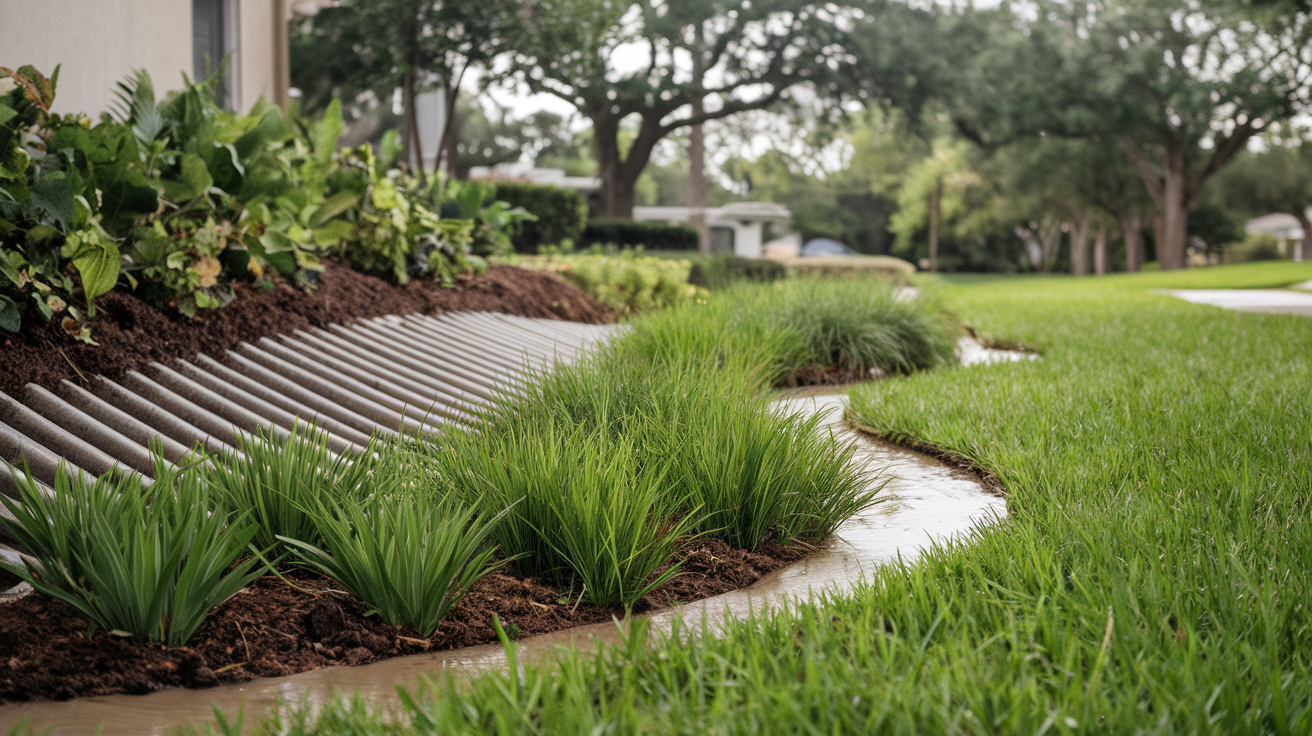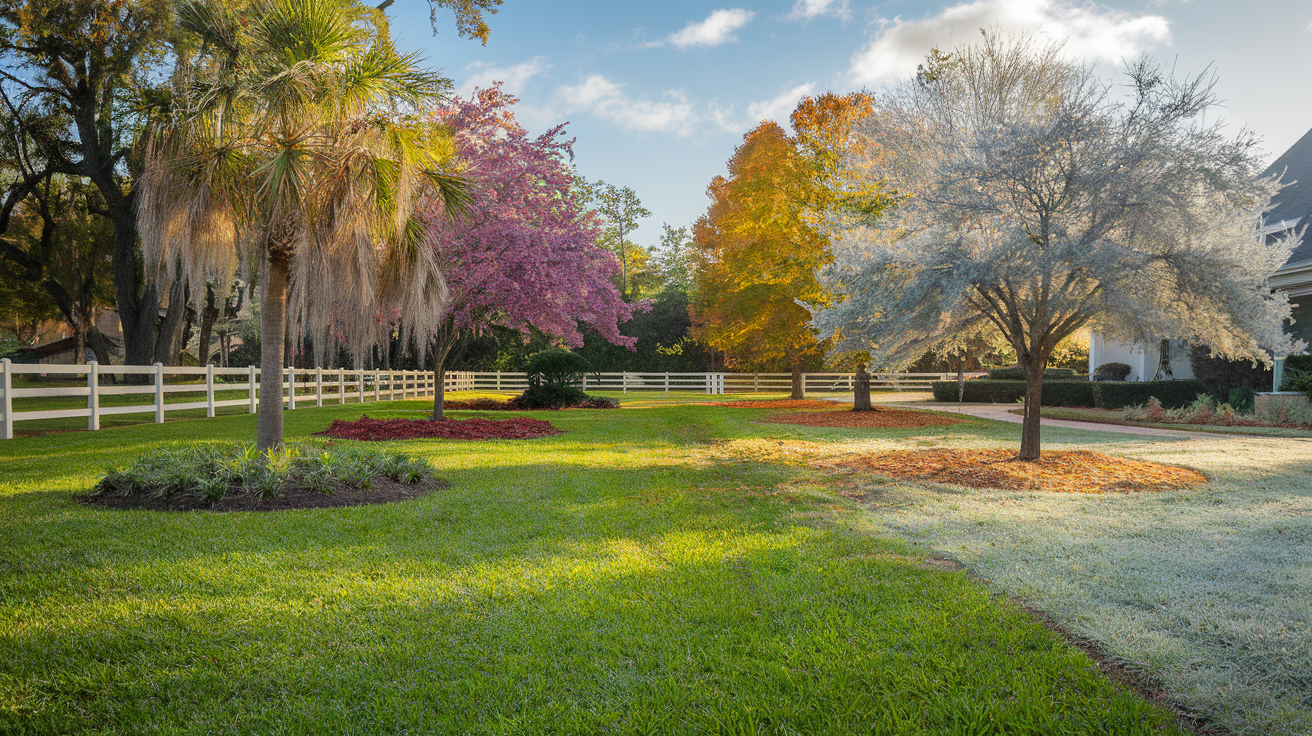How to Create a Wildlife-Friendly Garden with Native Plants
Creating a wildlife-friendly garden is a rewarding endeavor that not only enhances the beauty of your outdoor space but also supports local ecosystems. By incorporating native plants, you can attract a variety of wildlife, including birds, butterflies, and beneficial insects, while minimizing the need for chemical fertilizers and pesticides. Here’s how to get started on your journey to a thriving, eco-friendly garden.
Understanding Native Plants
Native plants are species that naturally occur in your region and have adapted to the local climate and soil conditions. They provide essential food and habitat for wildlife. Here are some benefits of using native plants in your garden:
- Low maintenance: Native plants require less water and care once established, making them an ideal choice for busy gardeners.
- Support local wildlife: They offer food and shelter for native birds, insects, and other animals, fostering a rich biodiversity.
- Resilience: Native plants are more resistant to pests and diseases, reducing the need for chemical interventions and promoting a healthier garden environment.
Choosing the Right Native Plants
When selecting native plants for your garden, consider the following factors to ensure a successful planting:
- Climate: Choose plants that thrive in your specific climate zone, as this will enhance their growth and survival rates.
- Soil type: Assess your soil's drainage and nutrient levels to select appropriate plants that will flourish in your garden's conditions.
- Sunlight: Determine how much sunlight your garden receives throughout the day, as this will influence plant selection and placement.
Popular Native Plants to Consider
Here are some native plants that are great for attracting wildlife and enhancing your garden's ecological value:
- Milkweed: Essential for monarch butterflies, providing a crucial habitat for their lifecycle.
- Echinacea (Coneflower): Attracts bees and butterflies, adding vibrant color to your garden.
- Black-eyed Susan: A favorite among pollinators, known for its bright yellow petals and resilience.
- Goldenrod: Provides nectar for late-season pollinators, ensuring a food source as other plants begin to fade.
Designing Your Wildlife-Friendly Garden
Creating a garden that welcomes wildlife involves thoughtful design and planning. Here are some tips to help you create an inviting space:
- Diversity: Plant a variety of species to create a balanced ecosystem that can support different types of wildlife.
- Layering: Use a mix of heights and textures to provide shelter and nesting sites for various animals, enhancing the garden's habitat value.
- Water sources: Include a small pond or birdbath to attract animals, providing them with essential hydration and a place to cool off.
Maintaining Your Garden
Once your wildlife-friendly garden is established, maintenance is key to its success and longevity:
- Minimal intervention: Allow natural processes to occur, such as leaf litter decomposition, which enriches the soil and supports beneficial organisms.
- Seasonal cleanup: Clean up in the spring, but leave some plants standing for winter shelter, providing habitat for overwintering insects and birds.
- Monitor wildlife: Keep an eye on the types of wildlife visiting your garden and adjust your plant choices as needed to better support their needs.
Conclusion
By creating a wildlife-friendly garden with native plants, you contribute to the health of your local ecosystem while enjoying the beauty and diversity of nature right in your backyard. Start small, and watch as your garden transforms into a vibrant habitat for wildlife, enriching both your life and the environment.

